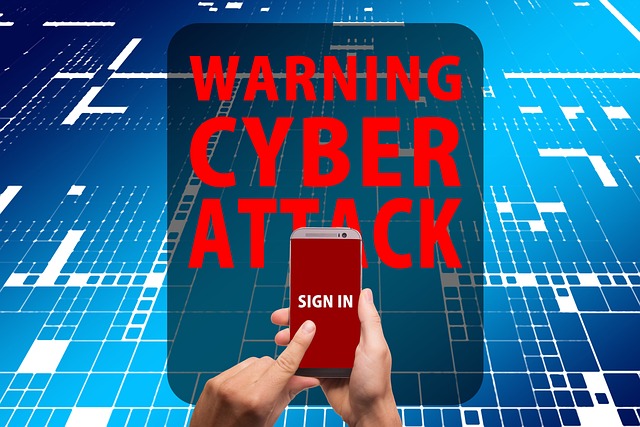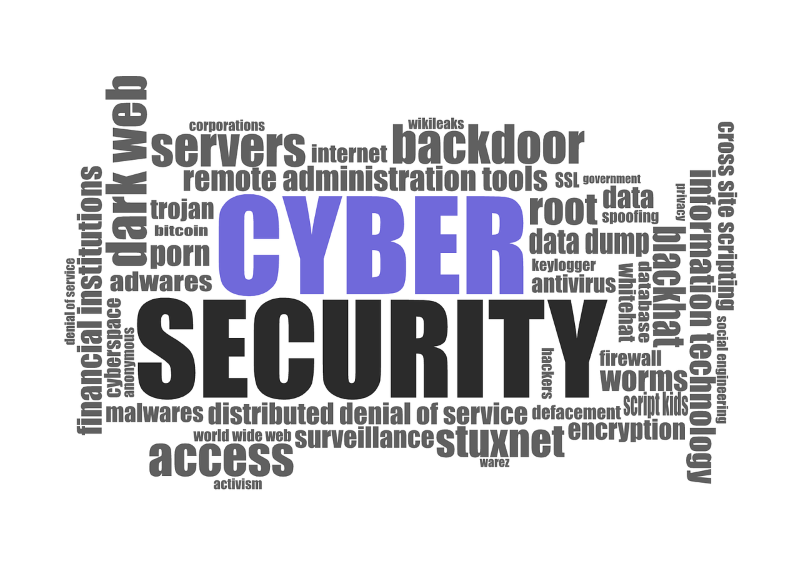Money, reputation, customers: A cyberattack is costly in multiple ways
It’s estimated that cyberattacks will cost the South African economy R2.2 billion in 2025. That’s according to a recent Vodacom Business report, which revealed that 80% percent of South African businesses had experienced a cyberattack during 2024.
These are incredibly high numbers.
Firstly, the fact that 8 out of every 10 local businesses was attacked last year underscores the persistence and determination of cybercriminals as they attempt data breaches.
As for the resultant costs of a data breach – R2.2 billion – these add up in a number of different ways, both directly and indirectly.
Firstly, there’s the ransomware that must be paid if the cybercriminals succeed in breaching an organisation and encrypting its data. The attackers then demand a ransom to provide the decryption key and restore access, sometimes threatening to leak stolen data if the payment isn’t made.
Even if the organisation pays the ransom, this is not always a guarantee that the decryption key will be handed over. It seems that there isn’t always ‘honour among thieves’.
In addition, there will be incident response and recovery costs to pay, with significant expenses for hiring in consultants to carry out recovery efforts, forensic investigations and system restoration.
But these direct costs aren’t the end of the story – indirect costs are also incurred as a result of a successful cyberattack.
This includes through operational downtime, leading to lost productivity and revenue; reputational damage, causing potential new customers choosing to go elsewhere; and legal and regulatory costs, with companies facing possible fines from regulatory agencies for failing to protect sensitive data (and there may even be lawsuits from affected parties).
Costs of a Data Breach in South Africa

Over the past two years, advancements in artificial intelligence and machine learning have equipped cybercriminals to orchestrate and successfully execute sophisticated cyberattacks. From phishing, malware, ransomware, identity theft, hacking, social media fraud to social engineering, cyber threats are no longer simply a technology problem but a business problem.
South Africa is no exception – we were recently ranked as being the number 1 target for cyberattacks in Africa. No matter its size, every business is a possible target for cyberattackers[1].
Other frightening statistics include the following:
- 40% of ransomware attacks in Africa recently occurred in SA; and
- We also claimed 35% of infostealer incidents across the continent.
Factors contributing to SA’s #1 position as most attacked country in Africa include:
- A lack of cybercrime investment;
- Ineffective law enforcement prosecution; and
- Lack of awareness.
Cybersecurity incidents on government bodies, such as the South African Weather Service and the National Health Laboratory Service, and well-established brands like Dis-Chem, show how vulnerable local organisations can be in the face of these rising threat levels.
How to Reduce the Expected Cost of a Data Breach
Organisations that proactively reduce their attack surface and improve recovery capability materially lower the potential cost of a breach. Focus on four priority areas:
Prevent
- Deploy layered defences (endpoint protection, firewall, email security and web filtering).
- Train staff regularly on phishing, social engineering and secure practices.
- Apply strong access controls and multi-factor authentication.
Detect
- Implement continuous monitoring and logging to identify anomalous behaviour quickly.
- Use managed threat detection services where in-house capability is limited.
Respond
- Maintain a tested incident response plan with defined roles, communication templates and escalation paths.
- Engage forensic and legal partners on retainer to reduce response time.
Recover
- Ensure immutable, tested backups and documented recovery runbooks.
- Use segmented network design and least-privilege policies to limit lateral movement.
Protecting Your Organisation from Cyberattacks
A firewall is your network’s first line of defence against the cybersecurity threats of the public internet. You could think of firewalls as the gatekeepers to the public internet for your network users, filtering out threats and enabling them to connect safely to the sites and applications where they need access to do their work.
Existing as both hardware and software, firewalls are designed to restrict access to your organisation’s sensitive data while helping you monitor your network for suspicious activity.
Too many organisations still see cyberattacks as an irrelevant global problem, not a high-risk local threat. It’s imperative to make sure that your company has the necessary defence mechanisms in place, starting with identifying the risks and implementing an incident response plan.
Contact Vox and Sophos to find out more about how we can assist you.
Frequently Asked Questions
What is the typical data breach cost for South African businesses?
Data breach cost varies widely, but South African firms face direct and indirect losses including ransom payments, recovery, legal fees and reputational damage, often totalling tens of thousands to millions of rand.
How does ransomware affect data breach cost?
Ransomware dramatically increases data breach cost through demanded payments, extended downtime, forensic investigations and possible double extortion, as well as the risk that paid ransoms do not yield reliable decryption.
Are small businesses in South Africa at risk of cyberattacks?
Yes, small businesses are frequent targets. This is because limited budgets, weak defences and lack of awareness make them vulnerable, increasing the likelihood of high data breach cost and reputational harm.
What are the most common cyber threats facing South African businesses?
Phishing, malware, ransomware, identity theft and social engineering are most common, driven by AI‑enhanced tactics and posing major challenges for cybersecurity South Africa across sectors.
How much does operational downtime add to the overall data breach cost?
Operational downtime can multiply losses through lost revenue, reduced productivity and contractual penalties, often matching or exceeding direct remediation costs in severe incidents.
Is paying a ransom a reliable way to restore data?
No. Paying a ransom is risky, because attackers may not provide decryption or may demand more, and paying can increase overall data breach cost and legal or ethical complications.
What indirect costs should businesses anticipate after a cyberattack?
Anticipate indirect costs like reputational damage, customer churn, regulatory fines, legal claims, increased insurance premiums and long‑term loss of market trust, all contributing substantially to data breach cost.
What practical steps reduce data breach cost and improve cybersecurity in South Africa?
Implement firewalls, regular backups, employee training, incident response plans and patch management; invest in monitoring and third‑party partnerships to lower data breach cost and strengthen cybersecurity South Africa defences.
[1] Source: Newzroom Afrika

















